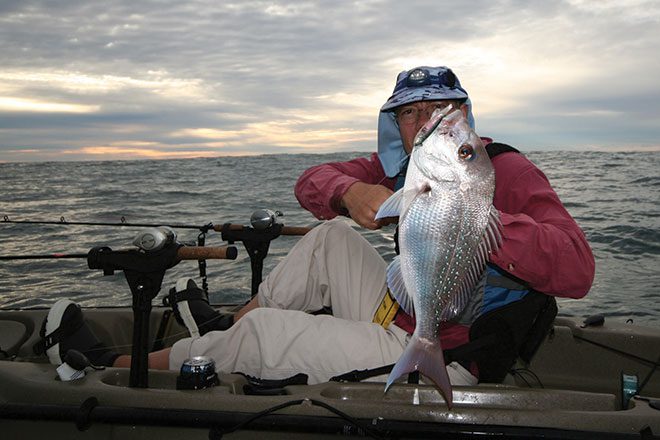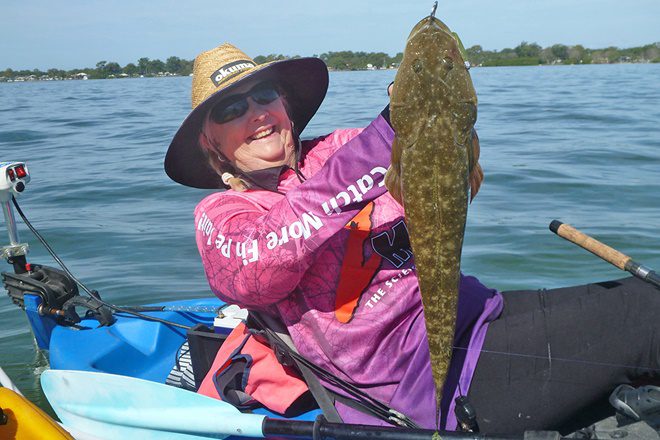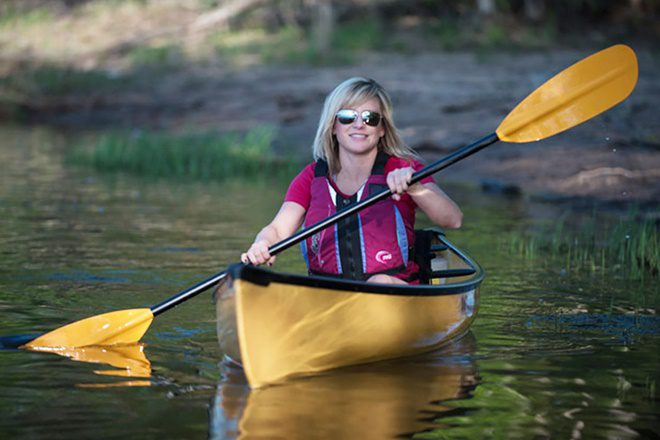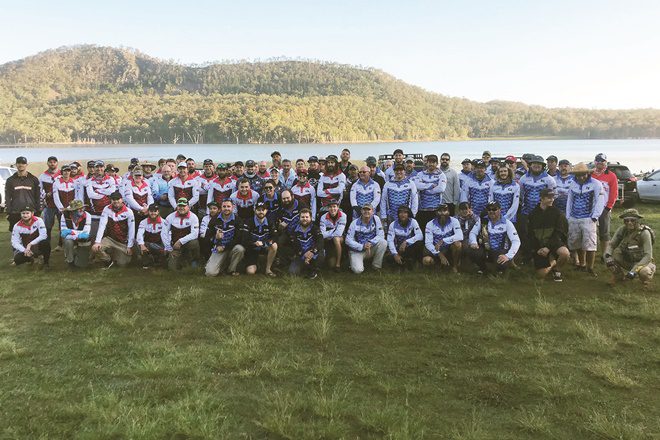Though it is unlikely for the temperatures to become low enough to be a serious health risk in their own right here in coastal Queensland, a knock-on risk can be brought about by attempts to stay warm on frosty mornings.
Young Tony and I were in the habit of undertaking pre-dawn beach launches with our Hobie kayaks during the depths of winter. Being an occupational health and safety manager by profession, I am always weighing up risks and consequences in everyday life.
We had a simple formula to which we adhered during those winter surf launches to minimise the risk involved. A basic rule of thumb when kayaking, regardless of the time of year, is to only wear that in which you’d be able to swim.
Obviously, this rules out the trusty woollen jumper. However fire retardant they might be, you sure as hell don’t ever want to swim for your life while wearing one. Because we are dealing with Queensland weather, not Antarctic blasts, we only need moderate protection from the elements for kayak safety in winter..
Even a bomber jacket is going to be a significant hindrance if things go pear shaped and you end up in the drink. I usually wear a compression top under a medium-weight long-sleeved shirt that is adequate for most coastal mornings, especially after the physical activity involved during a beach launch.
Experience has shown you are far better with a couple of thin layers than one bulky item of clothing. An extra layer is added over the top in the form of a flotation vest/lifejacket, which are much more practical during winter than the CO2 devices that have gained popularity among boaters in recent years.
The logic is simple – the PFD becomes a dual-purpose item of clothing, keeping the wearer warm as well as being a safety device. I often wear a lightweight pair of sun trousers in the yak, though memories of military training and the difficulty of swimming in long trousers have me sometimes doubting the wisdom of long pants of any description in the kayak in risky waters.
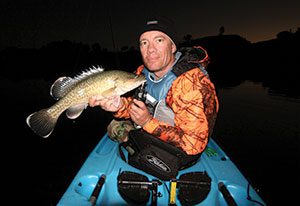
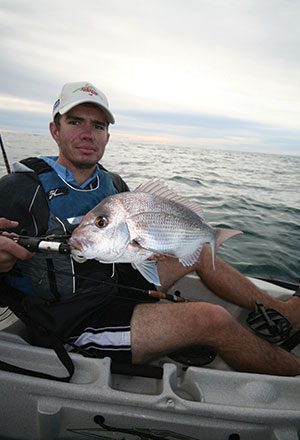
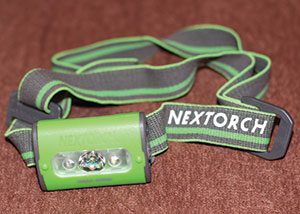
Tony chooses to err on the side of caution and always sticks with shorts when we hit the coast, reasoning that the discomfort will be short lived. Fortunately, the weather patterns that give us our coldest mornings are calm and clear, which means the day will quickly warm within a few hours of sunrise.
If you ever want to experience for yourself just how difficult it is to swim in warm clothing, try doing a lap of your local pool while wearing it (for a real eye-opener, try it in trackie pants).
A wetsuit jacket is great in southern climates but once you take it off as the day warms, it is a bulky item to stow on the kayak. When fishing inland waters for Murray cod, we regularly encounter air temperatures several degrees below freezing (11 below on one occasion!).
In these conditions, you don’t need to take a spill to become painfully cold. Body heat is lost through the scalp and extremities (also armpits and groin where the blood vessels are close to the surface, but we’ve got those areas covered).
A good beanie, either made of polar fleece or lined with Thinsulate should always be part of your winter kayaking kit (I carry a spare too). A pair of dive boots will keep your feet warm and are a much safer option than Ugg Boots (yes, I am guilty), and a pair of neoprene gloves will do likewise for your hands.
You might find suitable gloves hard to come across in the sunshine state but shopping online can solve that. I bought mine during a fishing trip in the Snowy Mountains.
The usual safety precautions are possibly even more a prerequisite in winter when a mishap can turn life threatening quite quickly.
Kayak safety in winter tips:
- Always take a friend. Kayaking in pairs or small groups means having help close at hand.
- Check the weather. A sudden southerly blow is not conducive to a safe outing. ‘
- Let somebody at home know where you are going and when you expect to be back.
- Learn how to re-enter your kayak from deep water. Practice this during warmer months.
- Always wear your PFD.
- Make yourself visible. Kayaks sit low in the water and can be hard for boat drivers to see.
- Keep a dry set of clothes in your car.
- If you are venturing into open or risky water, invest in a personal EPIRB and attach it to yourself, not the kayak.
 Bush ‘n Beach Fishing Magazine Location reports & tips for fishing, boating, camping, kayaking, 4WDing in Queensland and Northern NSW
Bush ‘n Beach Fishing Magazine Location reports & tips for fishing, boating, camping, kayaking, 4WDing in Queensland and Northern NSW

